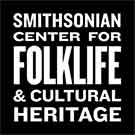SMITHSONIAN CENTER FOR FOLKLIFE & CULTURAL HERITAGE
See Armenia Through the Eyes of a Local Guide
The landscape of Armenia is diverse. Often, there are several sub-regions within a single region, each with their own distinct set of tourist destinations
/https://tf-cmsv2-smithsonianmag-media.s3.amazonaws.com/blogging/featured/Sevada_Ughtasar.jpg)
In the summer of 2020, the Center for Folklife and Cultural Heritage’s My Armenia Program partnered with Armenian publication Yerevan Magazine to publish a special issue highlighting community-based cultural heritage tourism in the country. Over the next few months, the Center will publish English translations of the articles to Smithsonian Voices.
During this difficult time in the region, we hope these stories shine a light on the resilience of the Armenian people by showcasing their vibrant, diverse cultural heritage.
Traveling is the best way to learn about a place; it is important to visit not only well-known locations, but also places where few people go and where you may discover authentic folklore, distinctive lifestyles, forgotten monuments, and the trails that few people have previously taken. A brief visit becomes more complete when you are accompanied by a person who was born and still lives in that area, who has an emotional connection with the soil, who personally knows the intimate history of the place, and who can reveal to you the concealed corners, hidden roads, lesser-known legends, and, of course, the people who live there. Fortunately, there are many local guides in Armenia who can do all of the above.
In 2016-2017, the My Armenia Program started connecting with those who wanted to become regional guides—attracting some who were already working as guides, and others who wished to start a new career. The main goal of the program was to help them use their extensive homegrown knowledge to benefit their local regions. As a result, many people of different ages—from teens to those in their fifties—joined the program.
After all the existing and guides-to-be were on board, My Armenia collaborated with the American University of Armenia and the Armenian Guides Guild, as well as various experts on the matter, in order to conduct comprehensive training programs. There were also work meetings organized with tour operators in Yerevan. This allowed the tour operators to meet with the regional guides and to include their services in multi-day tour packages.
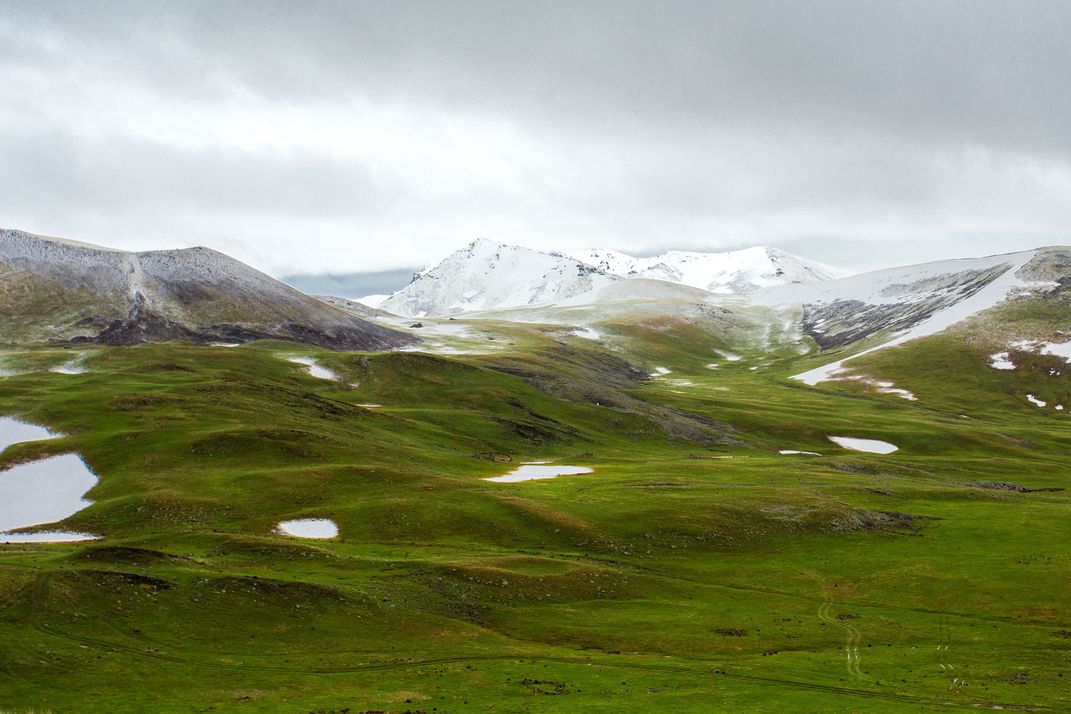
Syunik, Charm of the Abandoned Villages
The landscape of Armenia is diverse. Often, there are several sub-regions within a single region, each with their own distinct set of tourist destinations. For instance, Syunik, the largest region of Armenia, distinguishes several tourism destinations, including Goris and Sisian. In both cases, the tours are concentrated not only in the cities, but also in the surrounding territories.
Thus, guides who live in or around these destinations have designed specific tour packages. Among them is Hasmik Azoyan, founder of the Basen Hotel, who also offers her services as a guide: riding a jeep to Ughtasar, learning about petroglyphs, hiking to the nearby volcanic peaks, and so on. Hasmik herself brought together some other guides from Sisian. For instance, Sasun Baghdasaryan leads the jeep tour of Ughtasar; despite being the eldest in the group, Sasun exhibits great enthusiasm and passion.
Another itinerary from Sisian is traveling the road leading to Tatev through abandoned villages. You may enjoy this totally new experience during a two-day hiking tour designed and offered by Katya Babayan, in collaboration with the My Armenia Program. Vahagn Petrosyan leads tours to Goris and its surroundings. Nowadays, he resides in Yerevan but is happy to return to his hometown when anyone needs his guiding services.
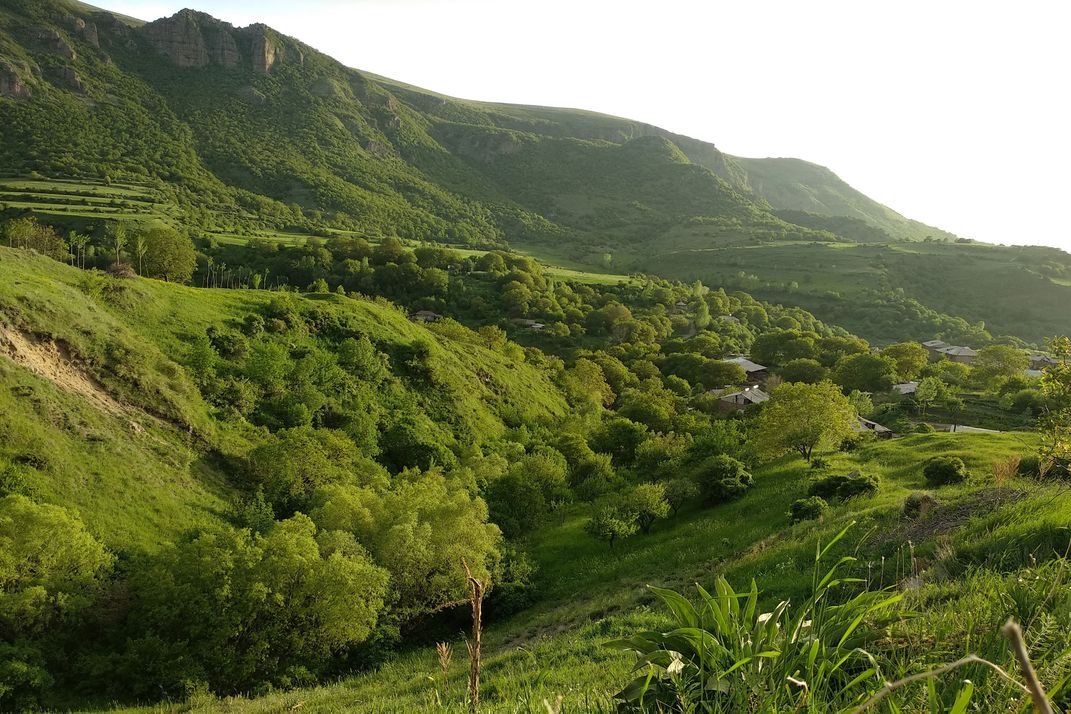
There are ten guides altogether in Sisian who form a tightly knit, friendly community that openly collaborates—for instance, referring colleagues when a particular language is needed for tourists. They support each other in every way.
The other important destination in the Syunik region is Khndzoresk, not far from Goris. The guides lead comprehensive hiking tours through Khndzoresk’s old and new villages and abandoned caves to provide tourists with exceptional opportunities to meet the locals who were born or lived in those caves not long ago.
Both Sevada Shahnazaryan and Hermine Dilanchyan are experts on Khndzoresk who can tell you all about the past and present of this curious cave-village. Sevada is a regular at Khndzoresk, and can often be found near the swinging bridge. Together, these guides are united under the Renaissance Foundation of Khndzoresk, which contributes to the collaboration between the guides and tourism development.
Vayots Dzor, Artavan’s Hidden Nature
Vayots Dzor is justly famous for its mountainous and rocky landscapes, but Garnik Gevorgyan will guide you to some of the lesser-known natural areas that are lush green and forested. One of his favorite places is his home village of Artavan. Hiking, camping, horseback riding—you may find all these activities within the tours designed by Garnik. In addition to leading his own tours, he works with other organizations from the tourism and nature protection industry. In the framework of WWF Armenia, Garnik serves as the caretaker of the Caucasian leopard. He also cooperates with HIKEArmenia, an organization that has designed and mapped numerous hiking trails and guidebooks across Armenia. These are all available on www.hikearmenia.org or on the HIKEArmenia app.
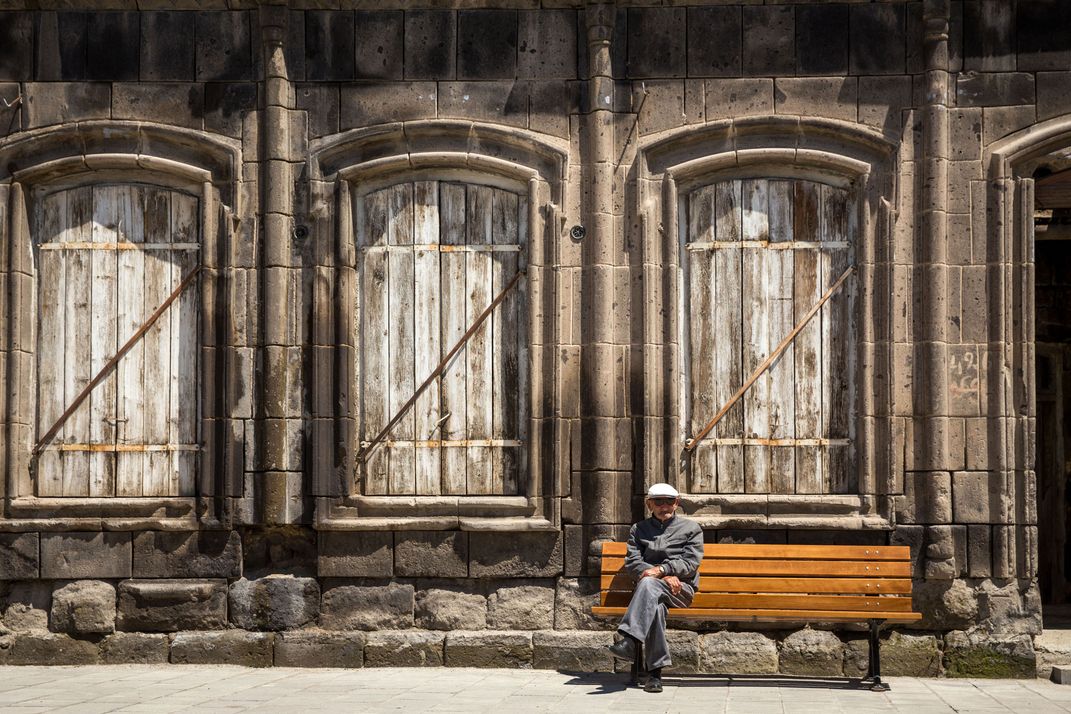
Shirak, Architectural Glimpse of Gyumri
Tourism in Shirak is concentrated mostly around Gyumri. Visitors to the city may walk along the streets of the historic center, familiarize themselves with the old and new buildings and architectural monuments, and see locations where well-known Armenian movies were shot. The young guides of Gyumri also successfully work with one another. This smooth cooperation occurs because tours of Gyumri are very diverse and each guide’s tour has its own theme. For instance, as an architect, Gayane Papikyan naturally introduces tourists to the city’s distinctive architecture. The tours offered by Liza Gasparyan are broader and more diverse and might include several different themes.
Another enthusiastic guide, Liana Stepanyan, has created student tours by starting a new tour program for schoolchildren and university students under the “Ari Gyumri” or “Come to Gyumri” initiative. Today, teachers from Yerevan and the surrounding regions often entrust their history and architecture classes to the young guides of Gyumri.
A visit to Gyumri would not be complete without getting to know the artistic traditions of this city. Albert Vardanyan and his two sons, Hrachya Vardanyan and Avetik Vardanyan, are among the most famous artists of Gyumri today. Not only may visitors tour the studio of the Vardanyans, but they may also explore the city with Avetik Vardanyan, a professional architect who presents Gyumri’s architecture in his own distinctive way.
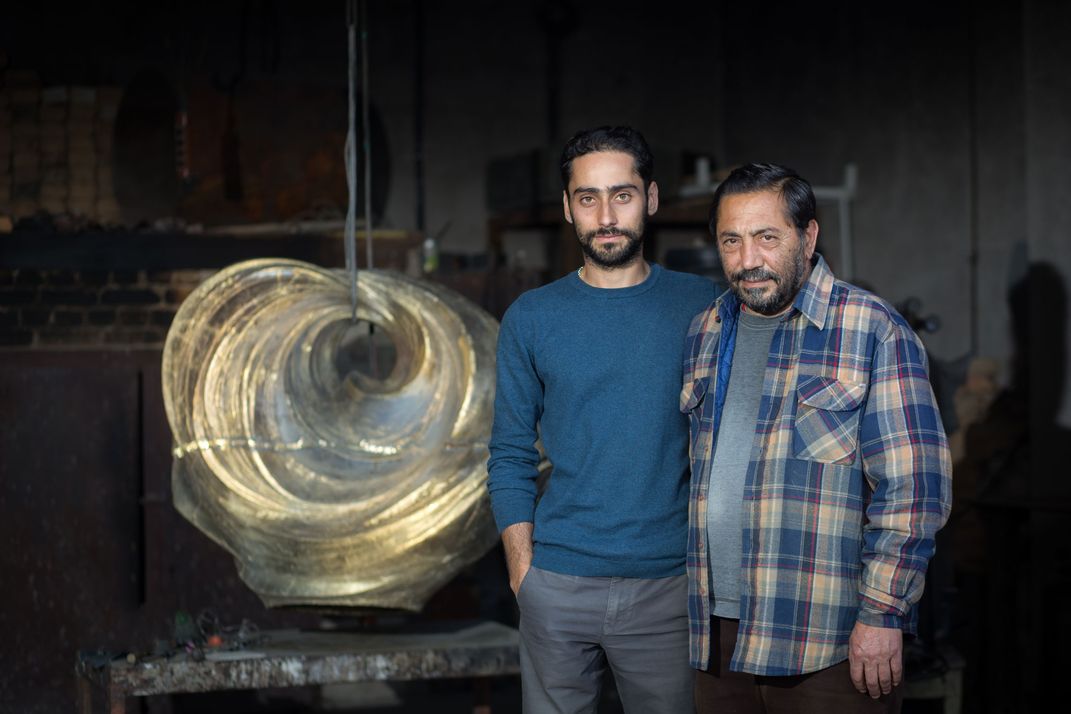
Lori, Poetic Landscapes
To see Hovhannes Toumanian’s Dsegh, with its beautiful surroundings, or Alaverdi town with its architectural gems, you may ask for Saro Ohanyan, who will help in any way possible; he can organize a trip, show you around, and assist tourists in need. He organizes hiking tours, horseback-riding daytrips, and longer journeys. Additionally, a group of young local guides from Alaverdi offers a variety of tours in and around the town. Roza Hovhannisyan’s knowledge of Chinese and active participation in the rafting tours on the Debed River will be a pleasant surprise for tourists from China (when international travel resumes).
Tavush, The Birdwatching Region
Vahe Mayilyan from Ijevan is a woodcarving master who organizes workshops and accompanies tourists to the small local chapel of Surb Kiraki (Holy Sunday), which is not well known even among Armenians.
Wine lovers may wish to visit the Ijevan Wine Factory with Elina Kocharyan, who offers a factory tour as well as wine tastings. She mastered her professional skills as a wine guide during courses organized by the My Armenia Program.
Davit Hovhannisyan and Rouzanna Amiryan work in Dilijan and offer a variety of hiking tours for visitors. Tavush’s distinctiveness is due not only to its dense vegetation and great artistic potential, as in Dilijan National Park, but also its potential as an ornithology center thanks to the diversity of bird species and the abundance of native birds.
In Armenia, there is no scarcity of knowledgeable and passionate guides in Armenia who would be happy to share with you their love of home.
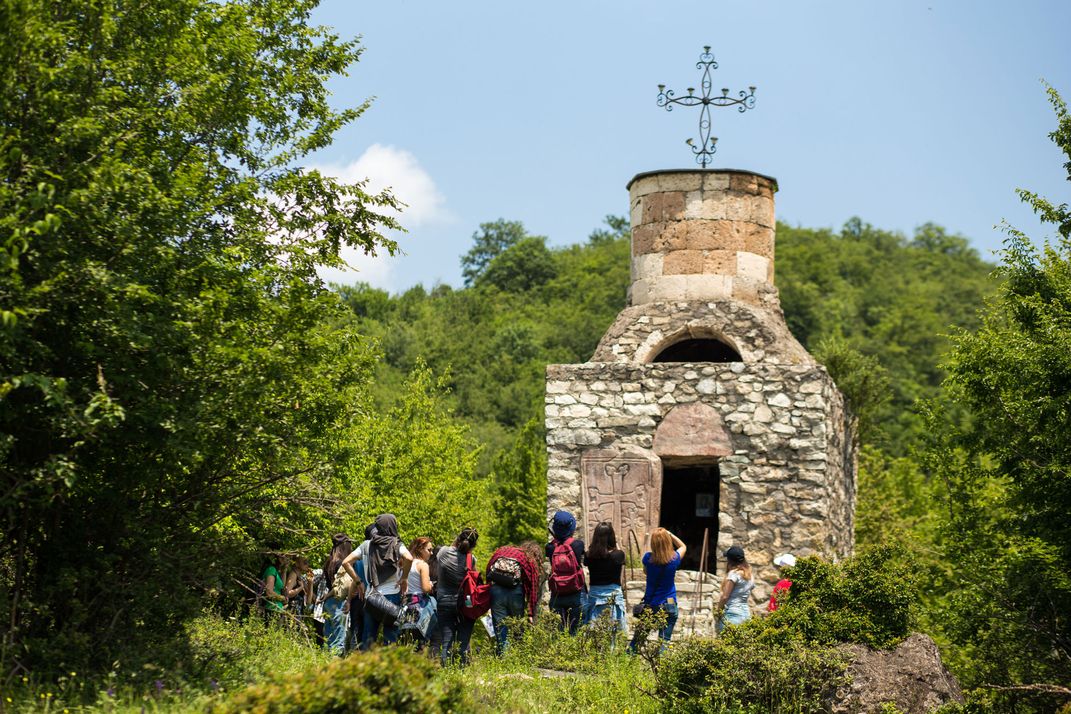
About My Armenia
The My Armenia Program, funded by the United States Agency for International Development (USAID) and implemented by the Smithsonian Institution, works to increase and share knowledge about Armenian cultural heritage and build capacity to support the long-term vitality of Armenian cultural sites and practices. Through My Armenia, the Smithsonian seeks to support cultural sustainability by documenting Armenia’s historic and living cultural traditions, sharing this knowledge with global audiences, and supporting the development of local resources and capacity to safeguard this cultural heritage for future generations.
About Yerevan Magazine (EVNmag)
Launched in 2011, Yerevan Magazine is one of the most popular print magazines in Armenia. Known for its high quality, edgy design, and free distribution at more than sixty hotspots in Yerevan (in cafes, restaurants, pubs, and more), EVNmag has become required reading for many Yerevantis—just like coffee in the morning. Even as print magazines fight to stay relevant in an increasingly digital world, with five to seven editions a year and 4,000 copies each, EVNmag remains a beloved and reliable news source covering life in Yerevan.
The Yerevan Magazine issue covering My Armenia was released Friday, August 14, 2020. Armenian versions of these articles can be found online on their website, Facebook, Instagram, and Issuu.
